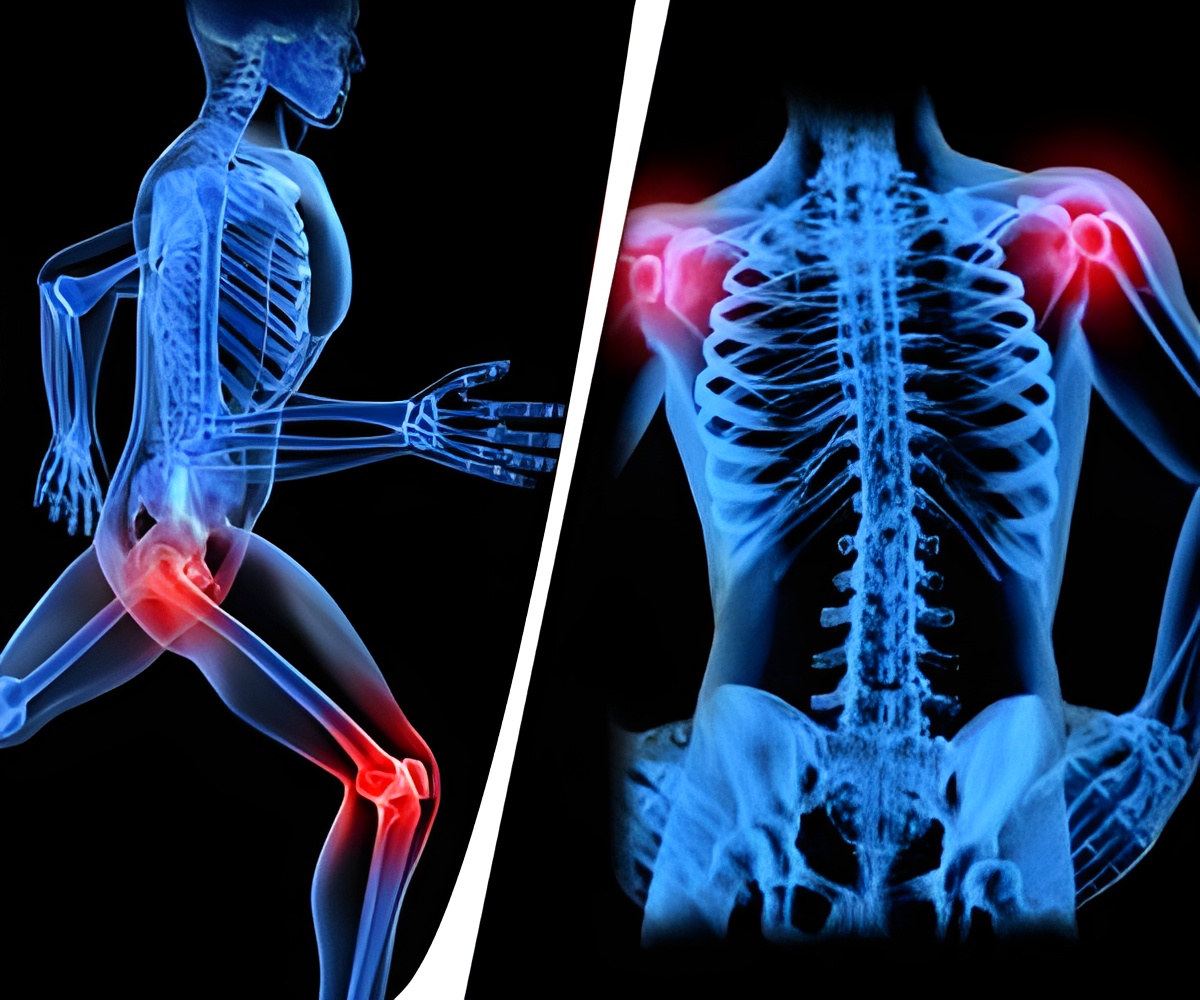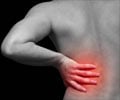New research suggests that people living in disadvantaged neighborhoods have worse musculoskeletal pain outcomes over time.

"We all like to believe that we are immune to the circumstances of our environment," said Dr. McLean. "These results suggest that when it comes to chronic musculoskeletal pain development after traumatic/stressful events, the poet John Donne was right – 'No man is an island.' "
The investigators enrolled 948 European-American individuals who presented to emergency care centers in four U.S. states for evaluation after car accidents. Patients were enrolled at the time of their presentation for emergency care, and then received follow-up evaluation at 6 weeks, 6 months, and 12 months. Approximately 90 percent of participants completed follow up at each time point.
Information regarding each study participant's neighborhood environment was determined by geocoding their home address to a "census tract." A census tract is the smallest territorial unit for which population data are available in the U.S. Census tract data was then used to determine neighborhood socioeconomic status using the Socioeconomic Position Index. This index generates a total score by averaging scores of the following measures: percent unemployed, percent below the U.S. poverty line, percent with high school education or less, percent of expensive homes (owner-occupied homes worth $300,000 or more) in the neighborhood, and median household income.
After adjusting for individual-level factors including participant sex, age, highest level of educational attainment, family income, and employment status, living in a more disadvantaged area was found to increase pain burden in the months after the car accident. Results remained significant after adjustment for receiving opioids at the time of emergency care, litigation status, obesity (body mass index), at-risk drinking habits prior to the accident, and mental health status prior to the accident.
There are many ways that living in a poor neighborhood might increase pain across time after a car accident. One potential factor is that living in a disadvantaged neighborhood increases stress and has been shown to affect the function of an individual's stress (i.e., "fight or flight") system. To test this hypothesis, the investigators collected blood samples from participants, and evaluated whether those participants with a common genetic variant which makes one more vulnerable to stress were more affected by the adverse effect on pain of living in a disadvantaged environment. The investigators found that this was the case: those without the genetic variant were relatively unaffected, whereas those with the gene had large and clinically significant differences in pain outcomes depending on their neighborhood environment.
Advertisement
Advertisement












